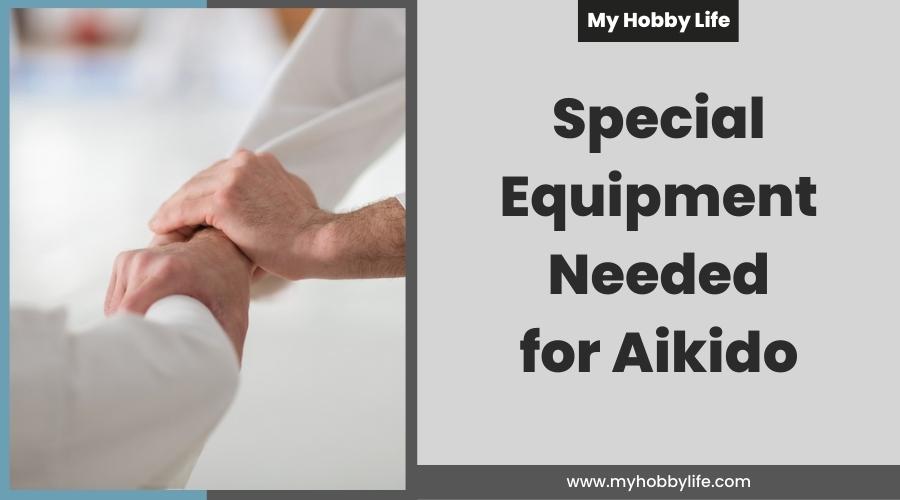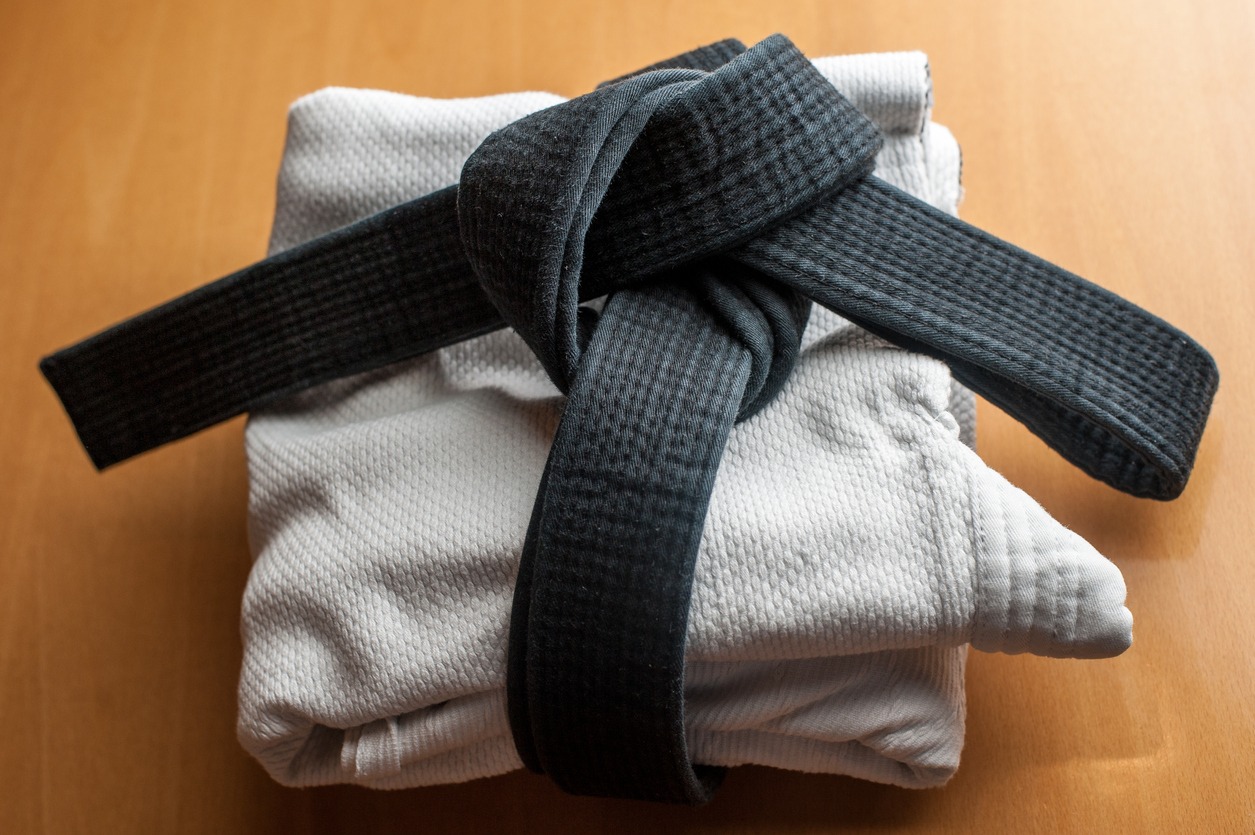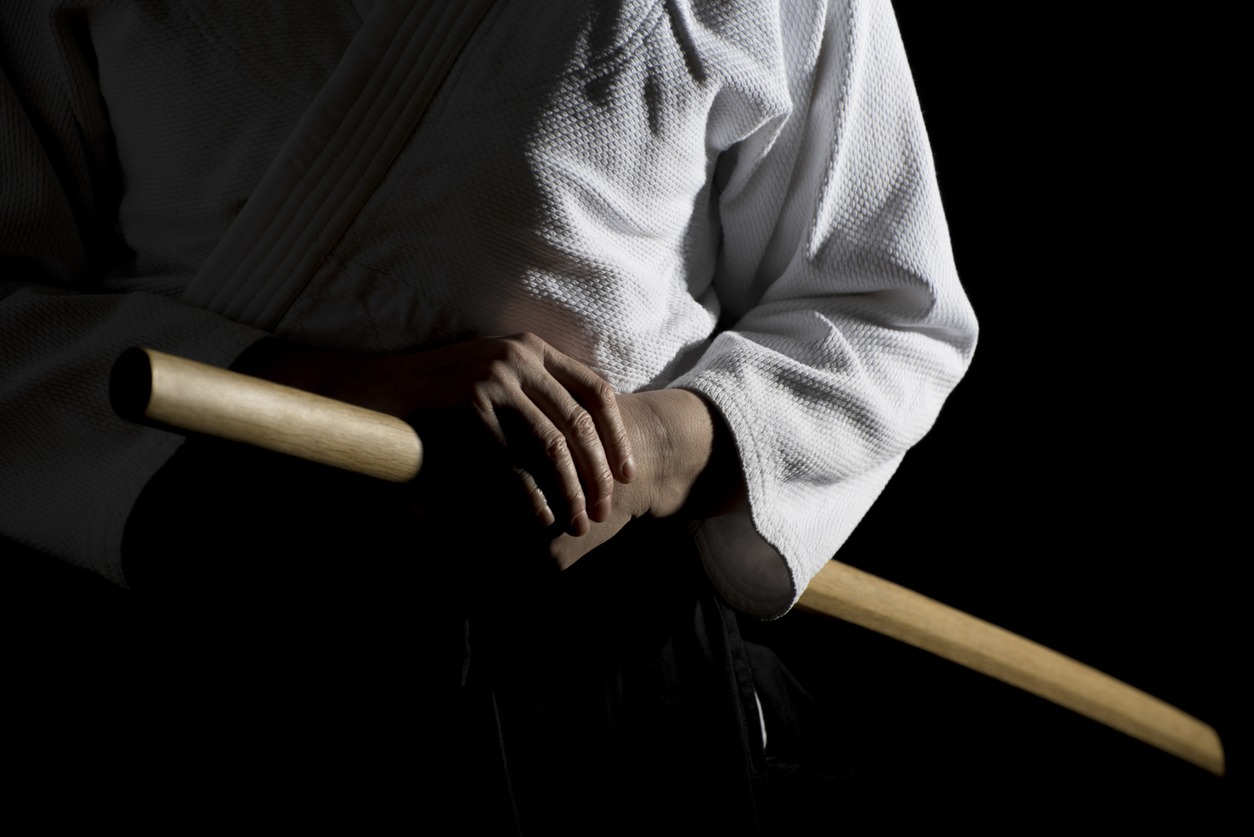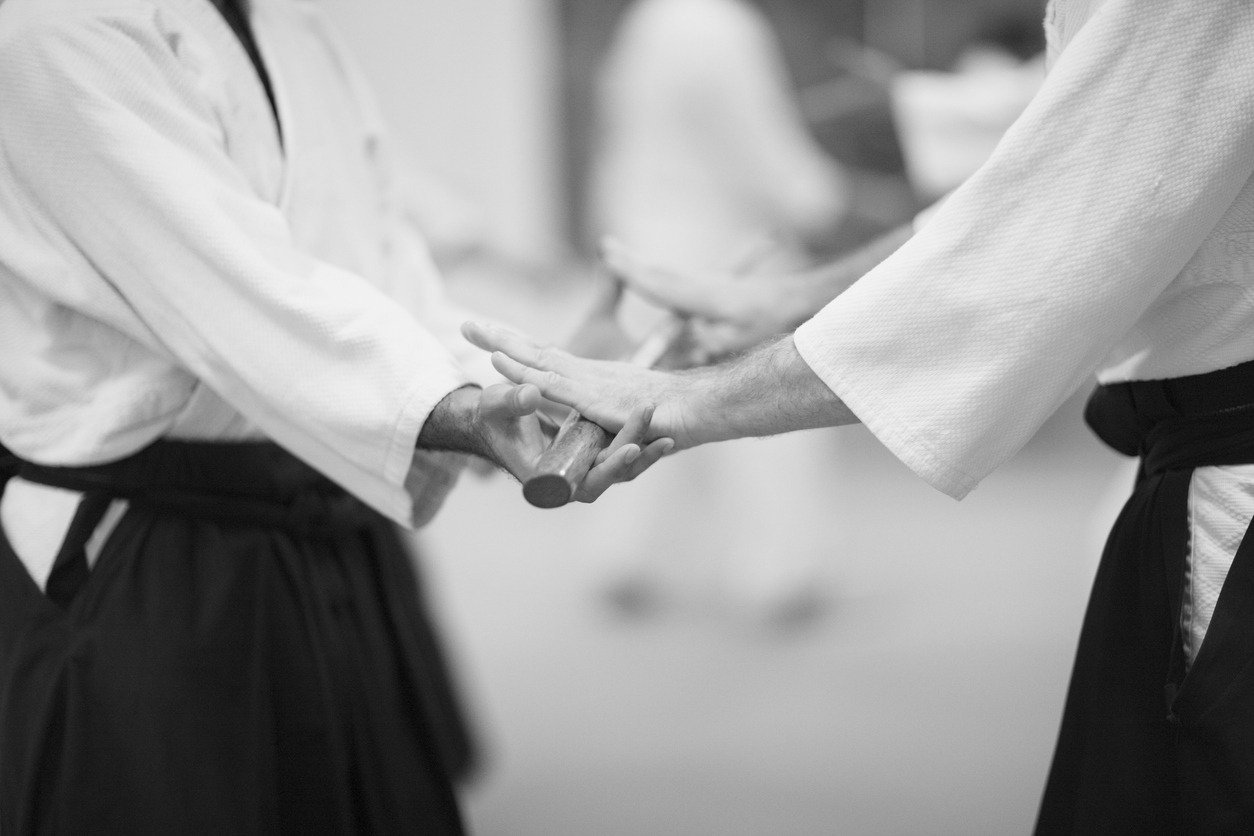There are a lot of self-defense sports you can try, and Aikido is one of them. Aikido is a modern Japanese martial art that can be used to defend oneself while also protecting attackers from injury. Aikido is a non-violent approach to self-defense, making it a viable option for those who want a safer martial art option. It resembles fighting methods used in jujitsu and judo, with the aim of turning an attacker’s strength against himself.
Starting out in training for Aikido can be exciting, and it opens a new world for you. But you have to be equipped with this new hobby so you can perform your best.
It also ideal for you to explore the weapons used in Aikido training. Morihei Ueshiba (1883–1969), founder of Aikido, had revolutionized both the unarmed combat and the necessity of being skilled in weaponry, particularly in using the Jo staff, which is known as Aiki-jo.
Interestingly, the Japanese government recognized the Aikikai Foundation in 1940 to promote and preserve the true ideals of Aikido as designed by Morihei Ueshiba. In America, the United States Aikido Federation (USAF) was established as a non-profit organization solely focused on maintaining and spreading the Japanese martial art of Aikido with strict adherence to the ways of its founder. Morihiro Saito, one of Ueshiba’s most famous followers, also improvised the art, until it now becomes one of the popular martial arts weapons to learn.
While this martial art seeks not to injure but to stop an attacker, there are also Aikido students and followers who are into some advanced Aikido that choose to proceed into live weapons training.
List of necessary equipment for Aikido
1. Clothing
The first thing you need to equip yourself with is clothing designed for aikido training. The gi, or the traditional uniform used for practice and competition, is worn for Aikido. It’s similar to the uniform used in karate, judo, and other Japanese martial arts. It’s made of nice and soft cotton or cotton and polyester material. It’s also lightweight but tough. Quality gi is designed to be long-lasting and comfortable.
You may not be required to purchase a gi right away. You may be advised to start with loose-fitting clothes. Regular sports shirts and jogging pants are preferred for beginners.
Depending on your club, you may need a hakama that is either black or blue. Not all clubs require this for a beginner, and some only wear it from second to first kyu grades. But when you need them, you ideally want them to be made with fairly thick material and a soft back padding.
The hakama is a traditional Japanese samurai clothing worn over the top of a gi. It’s a skirt-like pants that an aikidoka wears. The hakama was a traditional piece of samurai clothing, and it was initially designed to protect a horseman’s legs from bushes, etc. It served the same purpose as a cowboy’s leather chaps. Since leather was hard to find in Japan, they used heavy cloth instead. Once the samurai became more like foot soldiers, they persisted in wearing the hakama because it set them apart and made them easily identifiable.
The seven folds in the hakama represent seven virtues
Yuki – courage, bravery, and valor
Jin – Benevolence, humanity, and charity
Gi – Justice, integrity, and righteousness
Rei – Etiquette, courtesy, and civility
Makoto – Honesty, sincerity, and reliability
Chugi – Loyalty, devotion, and fidelity
Meyou – Reputation, honor, and glory
2. Footwear
The traditional item to wear for Aikido is zori sandals. They are not worn for training but for getting yourself on and off the mat. Dirty feet aren’t welcome on any training mat. In China and Japan, and elsewhere, it is impolite to get dirt on the floor during your training.
If your training center allows, you can wear sock-like shoes for training. These shoes help trainees perform specific techniques without restriction and offer grip and comfort for the foot.
These traditional slip-on sandals are worn for you to move from the changing room to the mats.
3. Weapons and Training Aids
Every aikido club has different ways when they are using weapons. Some clubs start using weapons immediately, while others find some time to use them. Some groups or clubs also add weapons into regular training and drills, while others keep the weapons separately. Either way, an Aikido player needs one of each weapon for the drill and training.
The jo staff, bokkens, and tanto are known as traditional weapons used for teaching skills in Aikido, as cited by Enso Martial Arts. Many movements from Aikido are derived from classic weapons, and it helps develop a practitioner’s coordination, footwork, and timing.
Bokken
The bokken is a wooden version of a katana or samurai sword, and it is used in many Japanese martial arts types. The term “bokken” is widely used in the West to refer to a Japanese wooden sword, but in Japan, the term is “bokuto.” The Japanese also use other terms like “daito,” “tachi,” “kidachi, and more.
A wooden sword is used for safety reasons, though the concept of the bokken is for training on using a real sword. Bokken can cause bruising and fractures, but the entire purpose of it isn’t for sparring but for teaching students what it feels like to fight with a real sword.
Bokkens can be made of all kinds of wood, but red oak bokken and white oak bokken are among the most common. When a bokken is made of woods like cherry, hickory, and ebony, it jacks up in price.
There’s not much difference between red and white oak. It all boils down to which particular bokken you feel comfortable with. When buying a bokken, have a feel – you will know the one that you want.
Jo staff
The jo staff is another stick that is used for aikido training. “Jo” translates to “stick” or “cudgel.” It serves the same purpose as the bokken.
Jo is a 4-foot long wooden staff that is typically smooth and light. These are used for direct contact with an opponent for spearing and hitting, and also for blocking and deflecting blows.
Tanto
The tanto is a short wooden sword modeled on the samurai dagger to teach trainees what it feels to fight with a real dagger or knife.
4. Carrying case
Another piece of equipment that may be useful for aikido practitioners is a carrying case for the bokken or jo staff. You can choose one made of plastic to protect your wooden sword or one made of nylon with an adjustable back strap for your convenience.
5. Bags
Another necessary thing to bring in training is a bag. Whether it’s a gym bag to hold all your equipment and clothing, or a simple drawstring bag, having one is essential for transporting gear to and from your training center.
Conclusion
As the equipment is important for almost every sport, having or owning special equipment needed for Aikido helps you a lot during the practice and the actual game. Some of the equipment in this type of martial arts discipline are mandatory, while others are customary.



